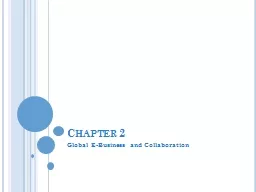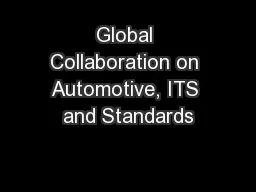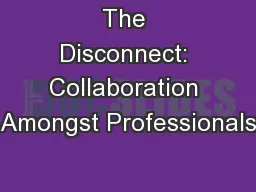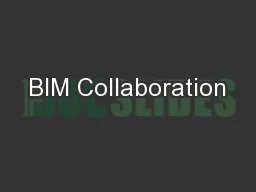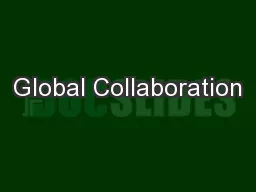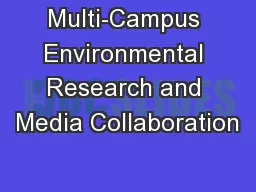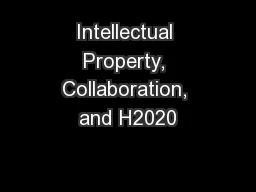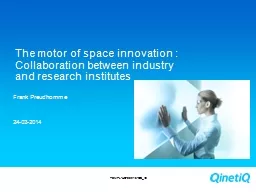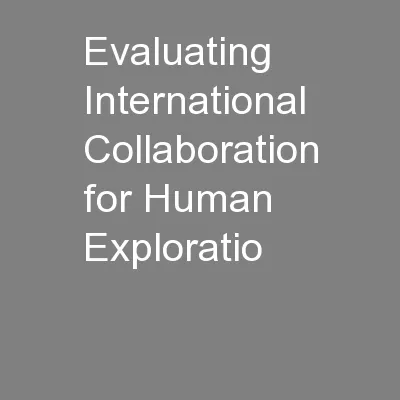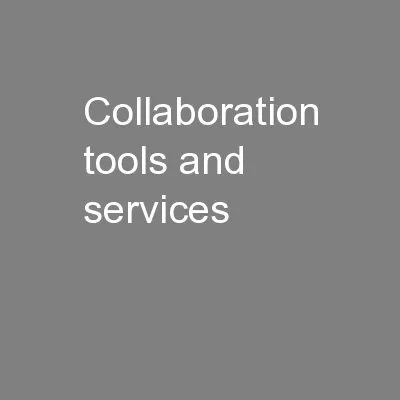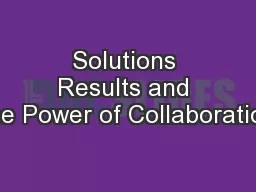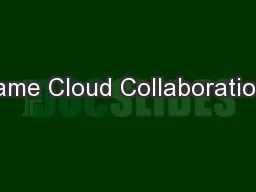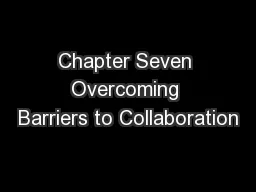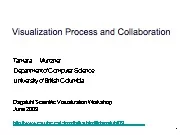PPT-Chapter 2 Global E-Business and Collaboration
Author : startlecisco | Published Date : 2020-06-19
Oracles business processes Business Processes by Area Systems for different management groups Type Definition Purpose Uses Transaction Processing System TPS A computerized
Presentation Embed Code
Download Presentation
Download Presentation The PPT/PDF document "Chapter 2 Global E-Business and Collabor..." is the property of its rightful owner. Permission is granted to download and print the materials on this website for personal, non-commercial use only, and to display it on your personal computer provided you do not modify the materials and that you retain all copyright notices contained in the materials. By downloading content from our website, you accept the terms of this agreement.
Chapter 2 Global E-Business and Collaboration: Transcript
Download Rules Of Document
"Chapter 2 Global E-Business and Collaboration"The content belongs to its owner. You may download and print it for personal use, without modification, and keep all copyright notices. By downloading, you agree to these terms.
Related Documents

